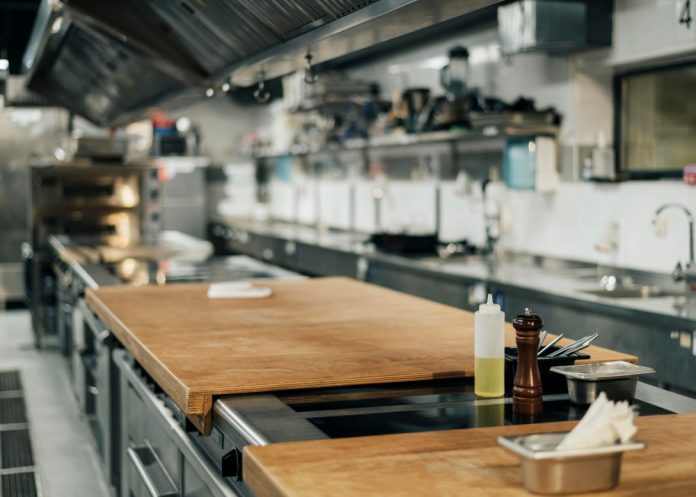Today, we’ve entered a new phase of consumer dining that is less about the place and more about convenience. With food delivery apps continuing to gain market share, restaurants are being forced to adapt. Ghost kitchens are one example of the resiliency of restaurant owners worldwide in the face of a global pandemic. Instead of shutting down their business entirely, restauranteurs can meet consumers’ high demand for delivery with a ghost kitchen. These virtual kitchens are also a way to empower chefs with little financial backing and encourage experimentation. In this sense, ghost kitchens are helping to bring the artistry of cooking back to where it all started: the kitchen.
Currently, the boom of delivery app services—and the consumer demand for them—certainly supports these new restaurant concepts. Faster delivery services, more varied selections, and enhanced convenience are all driving these changes. Therefore, ghost kitchens and virtual restaurants are well-supported as a business strategy. The key is for restauranteurs to maximize efficiency and economies of scale while lowering costs in the process. In truth, with delivery commission fees likely to remain significant, these strategies provide much needed solutions. Still, at least for the foreseeable future, ghost kitchens and virtual restaurants look to be a wise business consideration.
During the pandemic, leading hotel chains have also claimed a piece of the food delivery business by starting or expanding their delivery services and curating special menus for customers. A few examples are Qmin app by IHCL and Marriot on Wheels. More brands will certainly venture into this market, yet it remains to be seen how focused they will continue to be on this space in the post-pandemic scenario.
Ghost kitchens will continue to play a role, particularly for a generation of consumers that enjoys the flexibility of consuming food anytime and anywhere. While consumers can’t check on the food provenance when ordering from ghost kitchens, that does not mean that transparency cannot be guaranteed. In a world where consumers increasingly value the sustainability of food, from origins to transformation (Khan et al., 2020) and where health and wellbeing play an important role in food consumption, ghost kitchens’ stance on their sourcing policy, transformation practices, and work etiquette should be provided. Food delivery companies must have a clear plan for the implementation of various emission reduction activities and carbon offsetting plans as steps towards carbon neutrality. Governments are called to set the accepted minimum standard on all those topics and consumers have a duty to demand greater transparency. As consumers increasingly choose delivery and have more positive experiences with ghost kitchens, there is potential for these virtual brands to become a permanent part of the restaurant landscape. Operators can build trust – and therefore loyalty – by being honest and transparent with consumers. At the end of the day, consumers value taste, quality, and experience. The opportunity is immense. The changes we’re seeing will provide unprecedented opportunities to experiment, test, and refine. Ghost kitchens and today’s digital-first world make all of this more accessible and manageable.


























